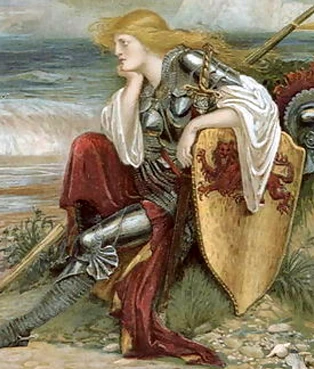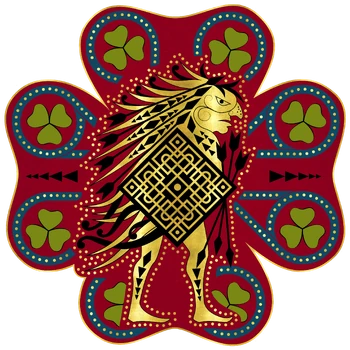2. It’s interesting that a lot of the characters are so familiar to me, and it is good that I don’t need the background information throughout the story, but for people who don’t know who the Minotaur is, or who Jason is, it would be nice to have some sort of contextual explanation of who they were in order to understand why Dante chooses to place them in Hell.
3. Dante seems to be a pretty judgmental person, and I don’t think that he would be happy to know that he would have been in Hell with the rest of these people, as he seems to have plenty of personality traits similar to the characters he meets.
4. Caiaphas seems like an evil dude. I probably would have put him in Hell too. However, I believe he should be in the lower levels, with Cassius and Brutus, as plotting to kill Jesus seems quite similar, if not a worse offense, to that of assassinating Caesar. But that’s just my opinion.
5. Are the giants supposed to be the Titans? I’m confused. Also, is this the first use of the word Nimrod?
6. “That sinner raised his mouth from the savage feast” is a badass sentence, despite the fact that it’s grotesque to think about.
7. The quote “Vexilla Regis produent Inferni” is pretty badass if you know what it means. It’s a good thing I had the translation right in front of me. Going back to my previous comment, however, it would have been cooler to just keep the Italian and run with it.
8. See… JUDAS BELONGS IN THE NINTH CIRCLE. Sorry, not sorry. Friends don’t lie.
9. Why does Dante call Virgil his “Master?” That’s some homoerotic bullshit.
10. It’s kind of funny how Dante and Virgil have to climb out of Hell on Satan’s body and he can’t do anything about it, which is cool to think about. Let me just walk all over Satan and see how he reacts. I guess he would not have been pretty pissed. Too bad you can’t do anything about it, Satan! 😊
| Friends Don't Lie, from Stranger Things. Found on Neato Shop. |
Bibliography: Dante's Divine Comedy, translated by Tony Kline (2002). Link to online reading.










